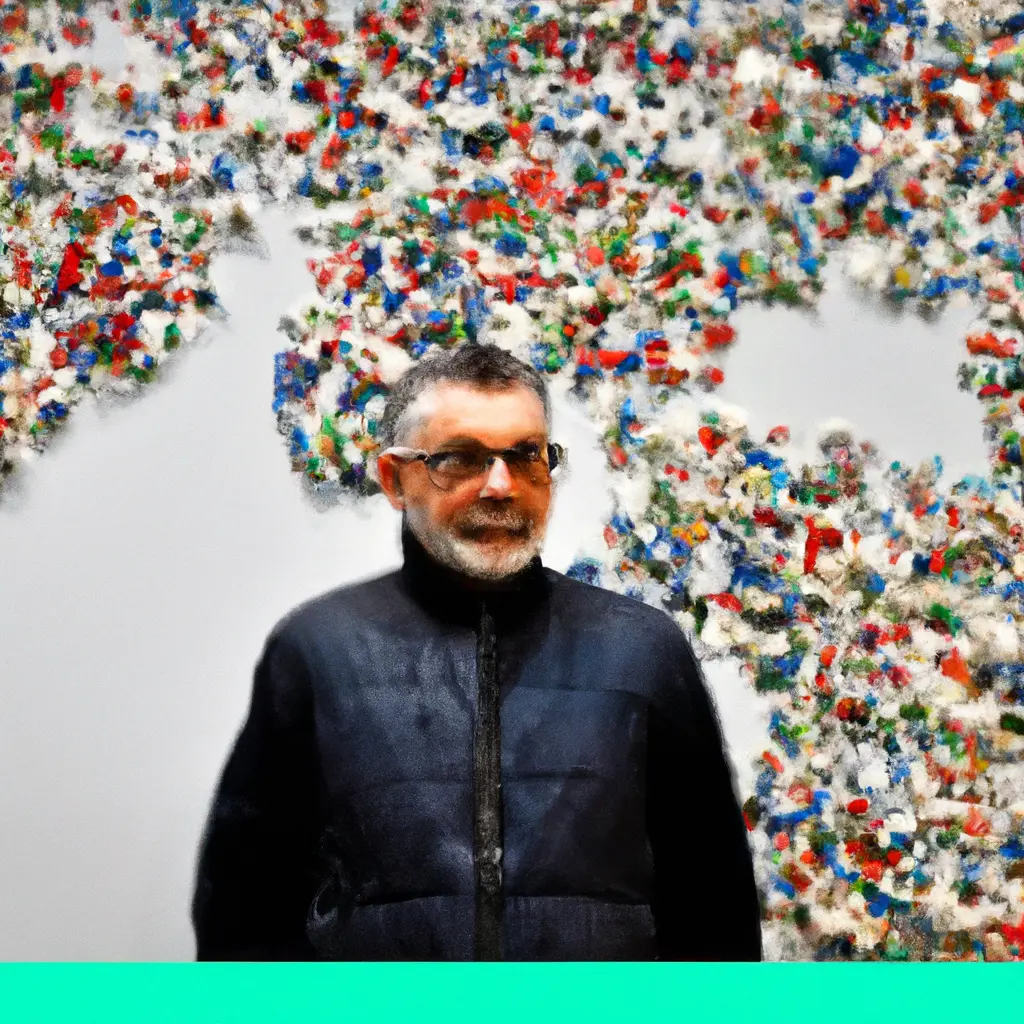The legacy of Juan Henoves, visual poet of social flow Spain, at Opera Gallery.

The artist died in May 2020, leaving behind a vast legacy of socialist realism that explored with a unique intimacy of witness to the horrors of the Spanish Civil War and the subsequent regime of Francisco Franco. Born in Valencia in 1930, he grew from a boy to a young man during this political overload, and in the post-Franco period known as the Transition, helped pave the way for the rebuilding of Spain's cultural landscape. Genoves' art was fiercely political and rejected what he saw as the elitism of abstract art. The struggles of the working class, he seemed to be saying, were too urgent to be at the mercy of interpretation. Impressed by an exhibition of American Pop Art in Madrid in 1962, Genovese said: "I began to realize that painting could be used to really talk about things," that it could be more than "just patches of abstraction. " One of his best-known works, the oil painting "Screams" (1967), depicts a crowd, which Genovese repeatedly returned to the image, calling it an "artistic obsession," fleeing from anonymous terror. Some 500,000 copies of another work with running figures, the acrylic and silkscreened Embrace (1973-1976), spread throughout Spain, which was in social flux after Franco's death in 1975."Opera Galeri is thrilled to present the legacy of this prolific artist, whose legacy is immense in the context of art history in Spain and beyond," Gilles Dyan, chairman and CEO of the gallery, told ARTnews.
14 May 2025
13 May 2025
14 May 2025
14 May 2025

His work met with acclaim during his lifetime and is now in the collections of museums around the world, including the Museum of Modern Art, the Guggenheim Museum and the Valencia Institute of Contemporary Art in Spain. In 1966, he received a special award at the Venice Biennale in Italy. "Juan Genoves faced the blank canvas chest-to-chest with a remarkable mastery of perspective; the horizon always marked the surface of his paintings, but it was far away, and his bird's-eye view, never losing detail, was ultimately the gaze of a photojournalist in the eye of a hurricane," Belen Herrera Ottino, director of the Opera's Spanish branch, told ARTnews. Ottino added: "I'm sure now Juan will continue to portray life from above, always from an aerial view of the bird. "
Comment
Popular Offers

Subscribe to the newsletter from Hatamatata.com!
Subscribe to the newsletter from Hatamatata.com!
I agree to the processing of personal data and confidentiality rules of Hatamatata













